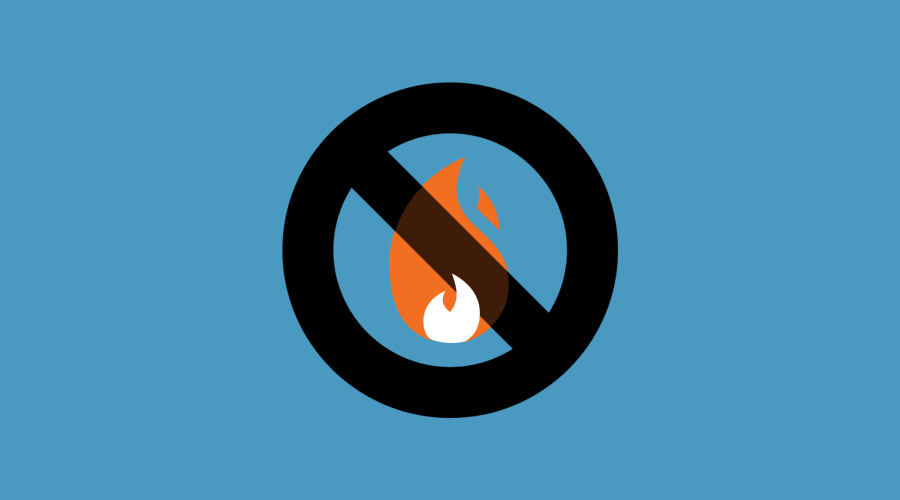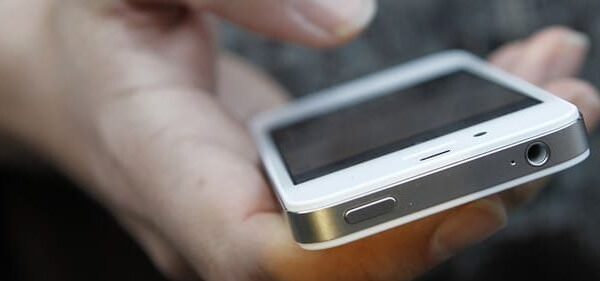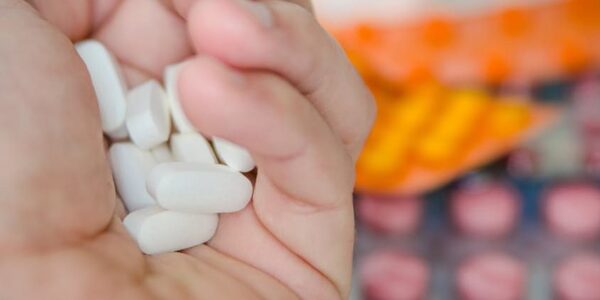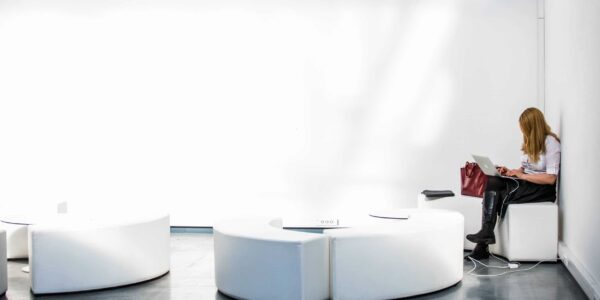Physician Burnout On The Rise
Physicians today are consistently being asked to do more with less. Increasing RVU demands mean less time with patients and more time outside of clinic hours finishing notes and following up on patient phone calls. I’ve spoken with physicians who spend in excess of 3 hours on administrative work AFTER a 10-hour day of seeing patients. That amounts to a 65-hour work week, without even counting call shifts or weekend correspondence. It doesn’t take many weeks at that pace before a person starts to feel fatigue.
Having spent the last several years as a practice management consultant who works closely with physicians, I am all too familiar with the concept of physician burnout. My clients are doctors who got into medicine to help people and feel more and more removed from patient care and find themselves at their wit’s end.
One of the things that has been most rewarding about working for OhMD is seeing the real change that a product as simple as ours can have on a physician’s quality of life. We’ve always had a keen focus on patient care and improving health outcomes, but I think I underestimated the profound effect our solution would have on the lives of the physicians who use it.
One of the doctors I’ve worked with is a pediatrician in Texas who was in the process of leaving her hospital employment to open her own practice. In her hospital position she had a patient panel of about 1000 and she was one of the above-mentioned doctors who was spending about 3 hours after work following up on patient phone calls that came in over the course of the day. In her blossoming private practice she currently has about 400 patients but, with OhMD’s help, is only spending about 30 minutes per day returning patient phone calls. That amounts to a 58% reduction in time spent on the phone (relative to patient volume), which amounts to more time with her family in the evening.
The OhMD user base that probably experiences the most drastic improvement in quality of life is residents. Between doing rounds, continuing their education, and fielding questions from patients, nurses, attendings, or any of their other various constituents, residents are spread pretty thin. A recent study shows that medical trainees are 8X more likely to have generalized anxiety disorder (GAD) and 5X more likely to have major depressive disorder (MDD) than peers in their age group in other industries. (see: https://www.ncbi.nlm.nih.gov/pubmed/27286249)
On top of that, they are armed with technology from last century: the pager. While residency – by its very nature – doesn’t exactly lend itself to a good work-life balance, the right technology can help young physicians improve their day-to-day lives. Residents that use OhMD can field any number of questions on their mobile device, without dropping what they’re doing. This could mean the difference between a 120-hour work week and a 90-hour work, which is significant in the context of motivating (instead of eviscerating) a physician in training.
At OhMD we feel fortunate to be in a position to help patients and the providers who dedicate their lives to caring for others, and we’re happy to contribute to relieving physician burnout in any way we can. If you are a provider with a story to share about how you use OhMD to stay sane, we’d love to hear from you.




